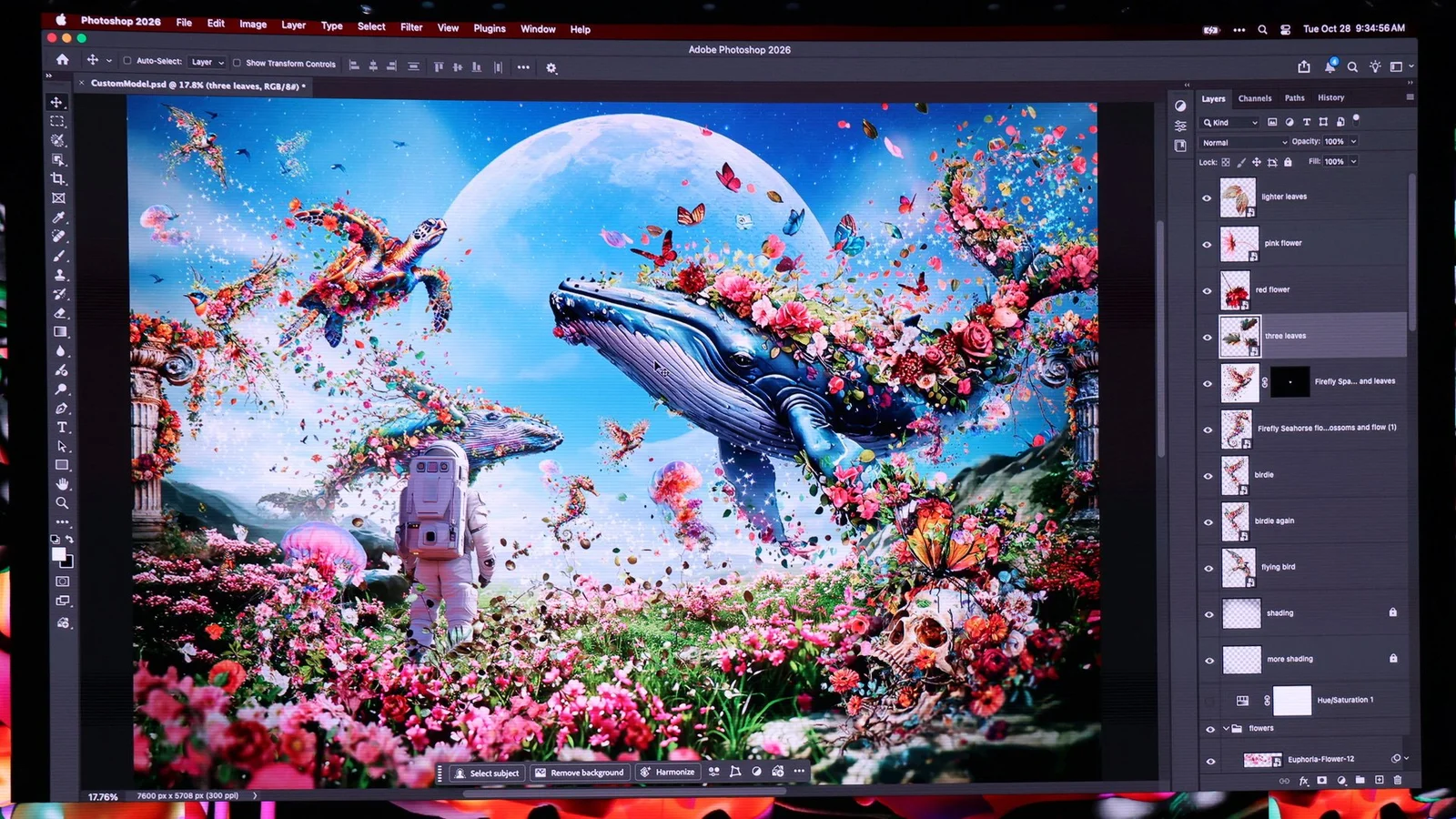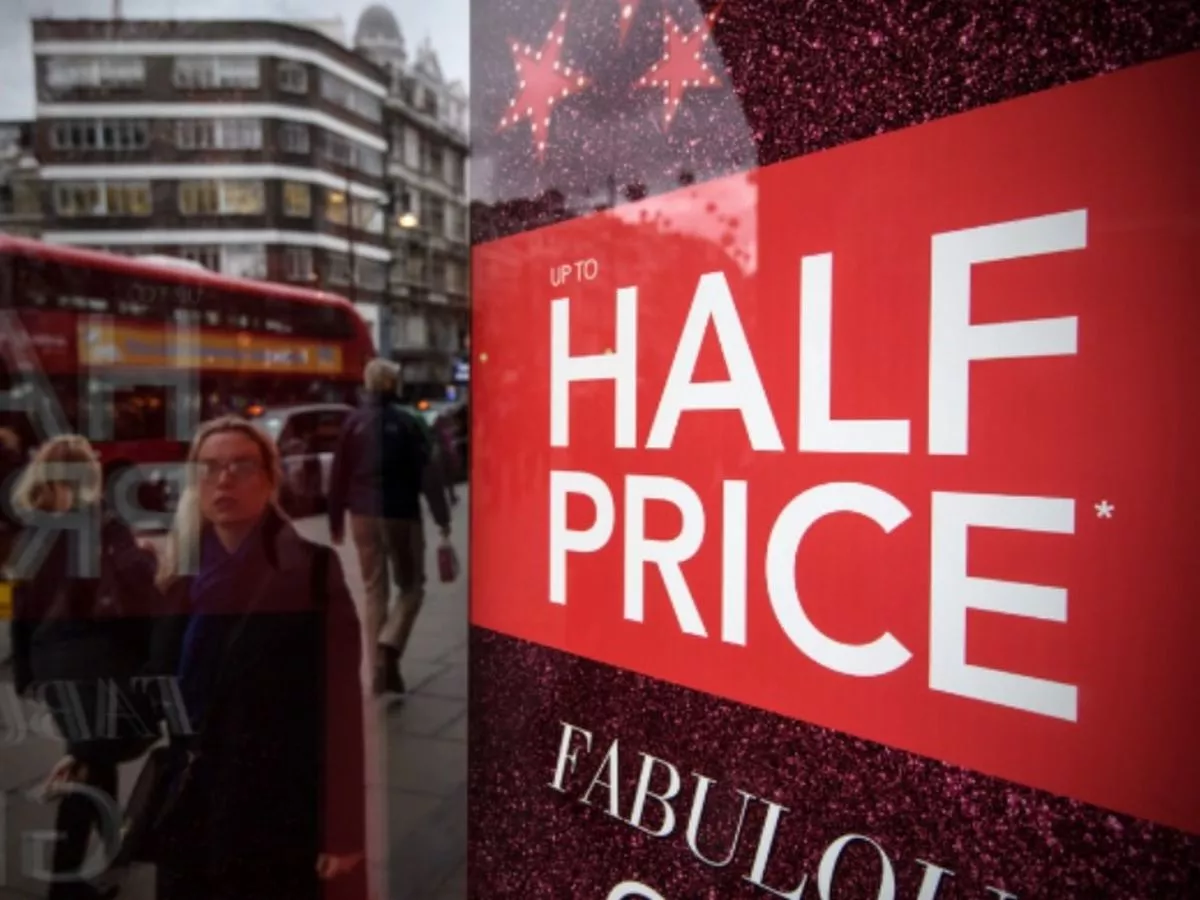Copyright researchsnipers

Adobe is moving up a gear when it comes to image AI: While other AI models generate flat images, Firefly now automatically generates them in separate layers. The platform is also being expanded to include new partner models and free testing is possible. Adobe Firefly 5 with layered architecture Adobe unveiled a comprehensive range of AI-powered innovations at the Max 2025 conference in Los Angeles. The focus is on the new Adobe Firefly Image Model 5 – the most advanced image generation and editing model to date from the company from San José, California. The new model generates photorealistic images in native 4 megapixel resolution (2000 × 2000 pixels) without upscaling and is characterized by precise light and texture representation. Adobe is promoting Firefly 5 with a new architecture: the model treats different objects as separate layers and allows editing using prompts or tools such as resizing and rotation without affecting image detail and integrity. The new Prompt to Edit feature allows image edits to be described in everyday language, similar to text-to-image tools. At the Max conference in Los Angeles, Adobe demonstrated these features in live demonstrations. The system boasted the ability to implement complex editing requests such as “make the sky more dramatic and add raindrops” in seconds while preserving the original image composition. Partner models expand creative possibilities Adobe is bringing together AI models from different providers in its Firefly platform for the first time. Partner models include ElevenLabs v2 for voiceovers, Topaz Bloom for image augmentation, Black Forest Labs Flux 1.1, Google’s Veo 3.1 and Imagen 4, Ideogram 3, Luma AI’s Ray3, OpenAI’s GPT Image, as well as models from Pika and Runway. Adobe promises to simplify workflows with these integrations by eliminating the need to switch between different platforms. The partnership with Google and other industry giants is significant because it provides access to Google’s powerful Imagen models, while the OpenAI integration embeds DALL-E functionalities directly into the Adobe environment. Luma AI contributes video generation technologies, and ElevenLabs expands the audio capabilities to include speech synthesis. However, there is an important difference when it comes to use: Adobe only offers “commercial security” for the images in its own Firefly Image Model 5. This means that only this content is legally protected and can be used for commercial purposes without copyright concerns – this guarantee is based on Firefly being trained exclusively with licensed content and public domain materials. This legal certainty does not apply to the partner models, so users have to check the legal aspects themselves. Another new addition is the custom Firefly Custom Models, which are currently in closed beta. Users can drag and drop upload their own assets such as images, illustrations and sketches to create a custom image mockup based on their style. This feature is particularly aimed at agencies and companies that want to ensure consistent brand aesthetics across different projects. Audio and video: From the idea to the finished project Firefly’s new audio and video tools include Generate Soundtrack for creating fully licensed audio tracks, Generate Speech for synthesized speech, and a new timeline-based AI video editor. Users can generate videos in different styles and even create unique transitions between two shots using just a reference image or description. The “Generate Soundtrack” feature uses a library of over 20,000 licensed pieces of music as a training basis and can create compositions in different genres and moods. For professional users, Adobe introduces Firefly Creative Production – an AI-powered batch editing solution that makes it possible to edit thousands of images simultaneously, automatically replace backgrounds and apply consistent color corrections. This feature is aimed at eCommerce companies and marketing agencies that need to process large amounts of visual content. Prices and availability Adobe Firefly offers various paid plans: Firefly Standard starts at 10.98 euros per month, Firefly Pro costs 21.99 euros and Firefly Premium costs 219.98 euros per month. The plans differ mainly in the number of generative credits – from 2000 credits on the standard plan to 50,000 credits on the premium plan. All subscriptions provide access to standard and premium features, as well as generative AI models from partners such as Google, OpenAI and Flux. Subscribers to Creative Cloud Pro and Firefly plans get unlimited image generation with Firefly and partner models through December first. This campaign is intended to enable users to extensively test the various AI models and adapt their workflows accordingly. The integration of the new partner models has already taken place: In addition to Firefly Image Model 5, the models from Google and OpenAI as well as from ElevenLabs, Topaz and Black Forest Labs are already available today. Custom models will initially be reserved for select beta testers, but should become generally available by the end of the year. The new Firefly 5 model and the new partner models can be found at Firefly.Adobe.com be tried out. Adobe says it will not charge for image generation in November and December 2025.



